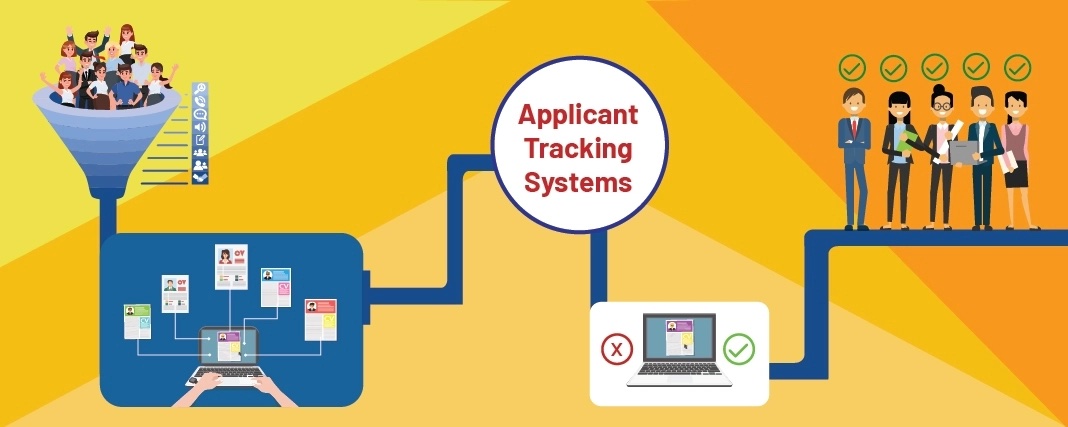The aging workforce is a growing phenomenon that has significant impacts on businesses and the economy. As people are living longer and retiring later, the workforce is getting older. This demographic shift is creating a range of challenges for businesses and economies worldwide.
See Also: Pros of Flexible Work Arrangements for Employees
One of the most significant effects of the aging workforce is a potential shortage of workers. As older employees retire, businesses may struggle to find replacements for their roles. This could be particularly challenging in industries where specific skills and experience are required, such as engineering or healthcare. Companies may need to invest more in training and development programs. This will ensure that younger workers can fill these roles effectively.
In addition to the shortage of workers, businesses also face the challenge of maintaining productivity levels as their workforce ages. As people get older, they may experience health problems that affect their ability to work effectively. They may also become less motivated or innovative, leading to a decline in productivity. Companies may need to adopt new strategies to manage and motivate older workers, such as offering flexible work arrangements or opportunities for part-time work.
The aging workforce can also have a significant impact on the economy. As older workers retire, they may reduce their spending, which can slow down economic growth. In addition, older workers tend to earn higher salaries, which can increase the cost of labor for businesses. This can lead to higher prices for goods and services, which can reduce demand and further slow down the economy.
Moreover, the aging workforce also creates challenges for social security and pension systems. With people living longer and retiring later, these systems may struggle to support an increasing number of retirees. This can create financial challenges for governments, as they may need to increase taxes or reduce benefits to maintain the sustainability of these systems.
Despite these challenges, the aging workforce can also bring some benefits to businesses and the economy. Older workers tend to have more experience and knowledge, which can be valuable in certain roles. They may also be more reliable and stable, which can reduce turnover and training costs for businesses. Additionally, as people retire later, they may continue to contribute to the economy and pay taxes, which can help support social security and pension systems.
To address the challenges of the aging workforce, businesses and governments need to take a proactive approach. Companies may need to invest in training and development programs to ensure that younger workers can fill the roles of retiring employees. They may also need to adopt new strategies to motivate and manage older workers effectively, such as offering flexible work arrangements or opportunities for part-time work. Governments may need to explore new approaches to social security and pension systems, such as increasing the retirement age or incentivizing older workers to remain in the workforce.
In conclusion
The aging workforce is a growing phenomenon that has significant impacts on businesses and the economy. While it presents several challenges, it also brings opportunities. By adopting new strategies and approaches, businesses and governments can manage the effects of the aging workforce and ensure the sustainability of their operations and the economy as a whole. It’s essential to recognize the value and contributions of older workers, which can help create a more inclusive and prosperous society for all.



















